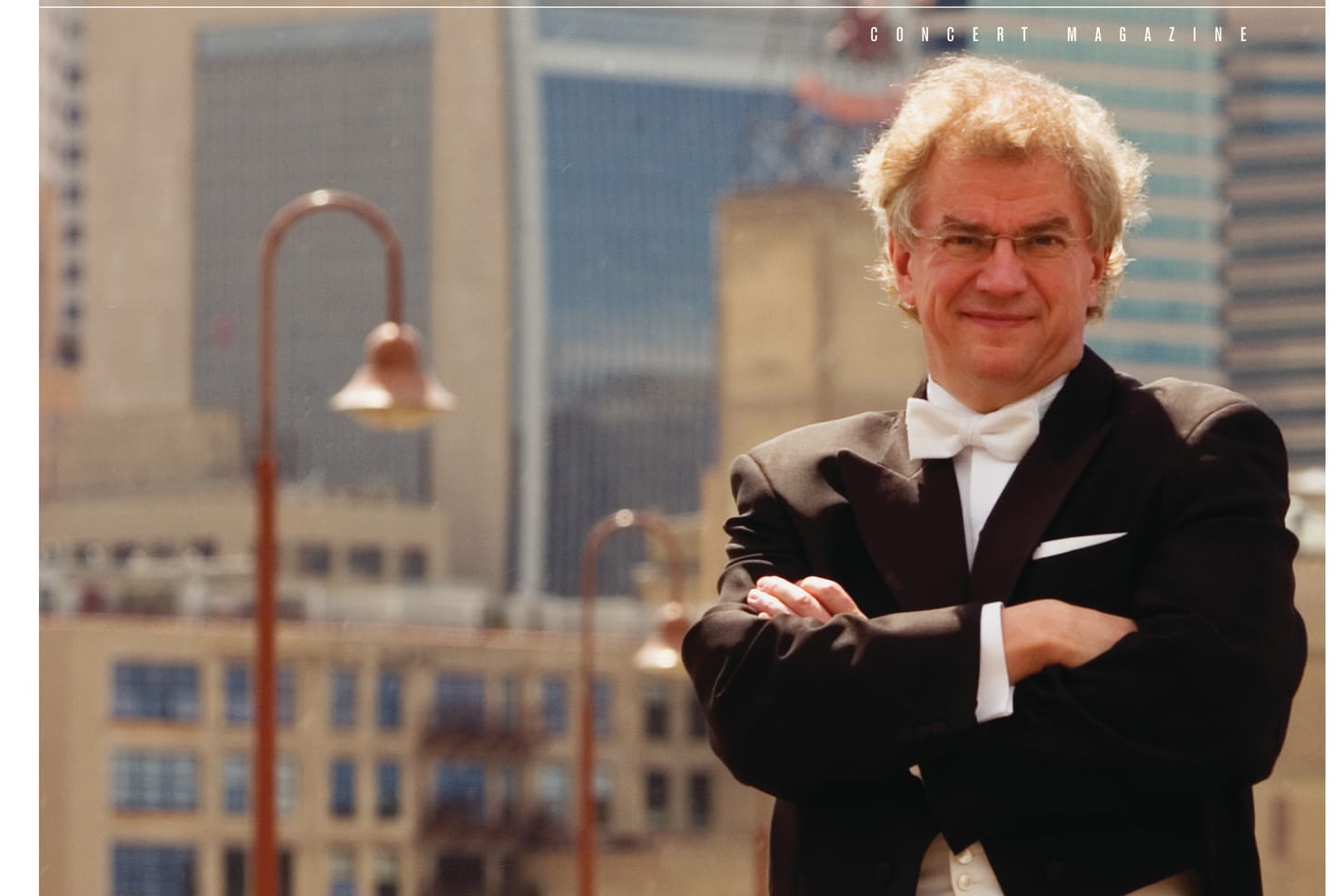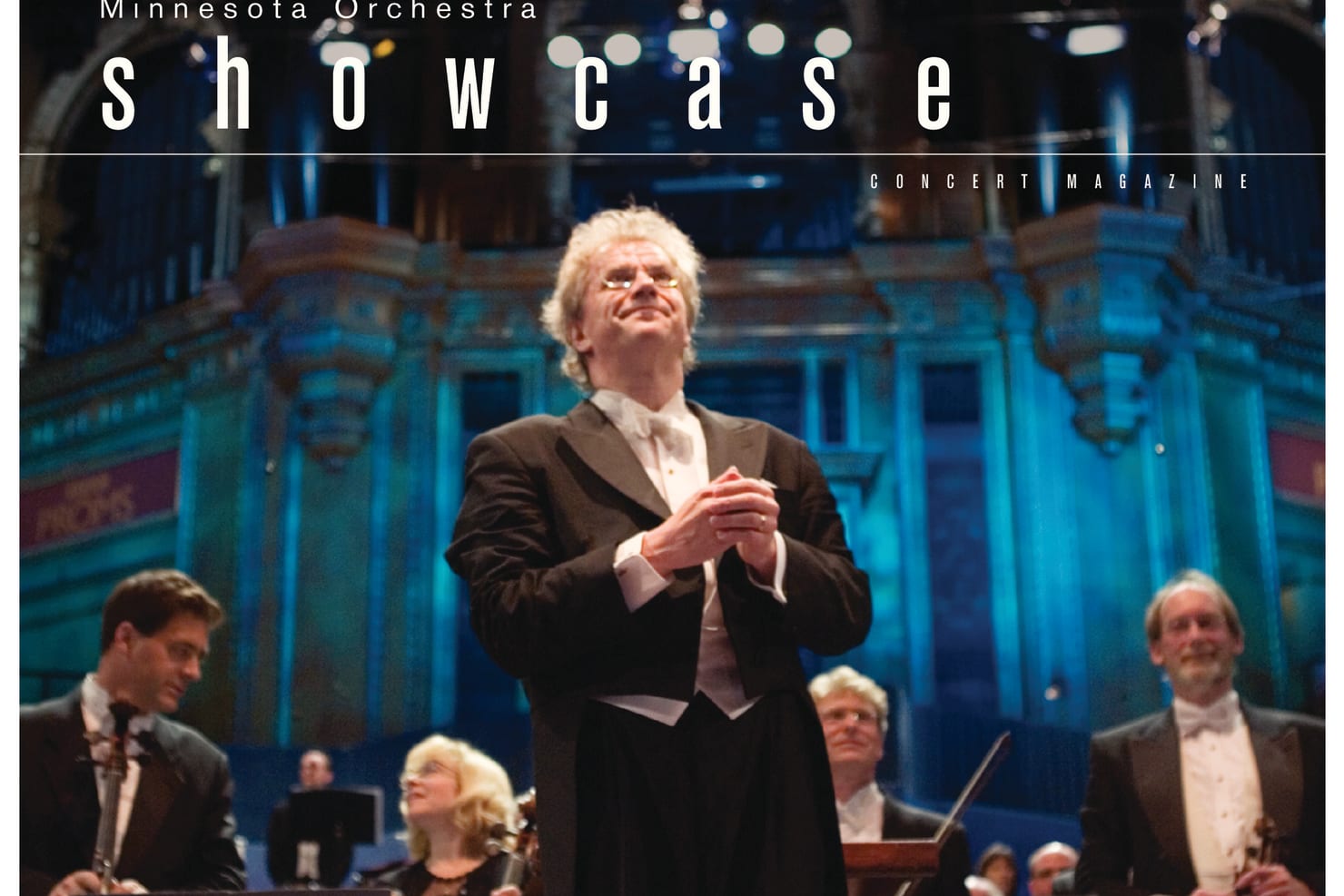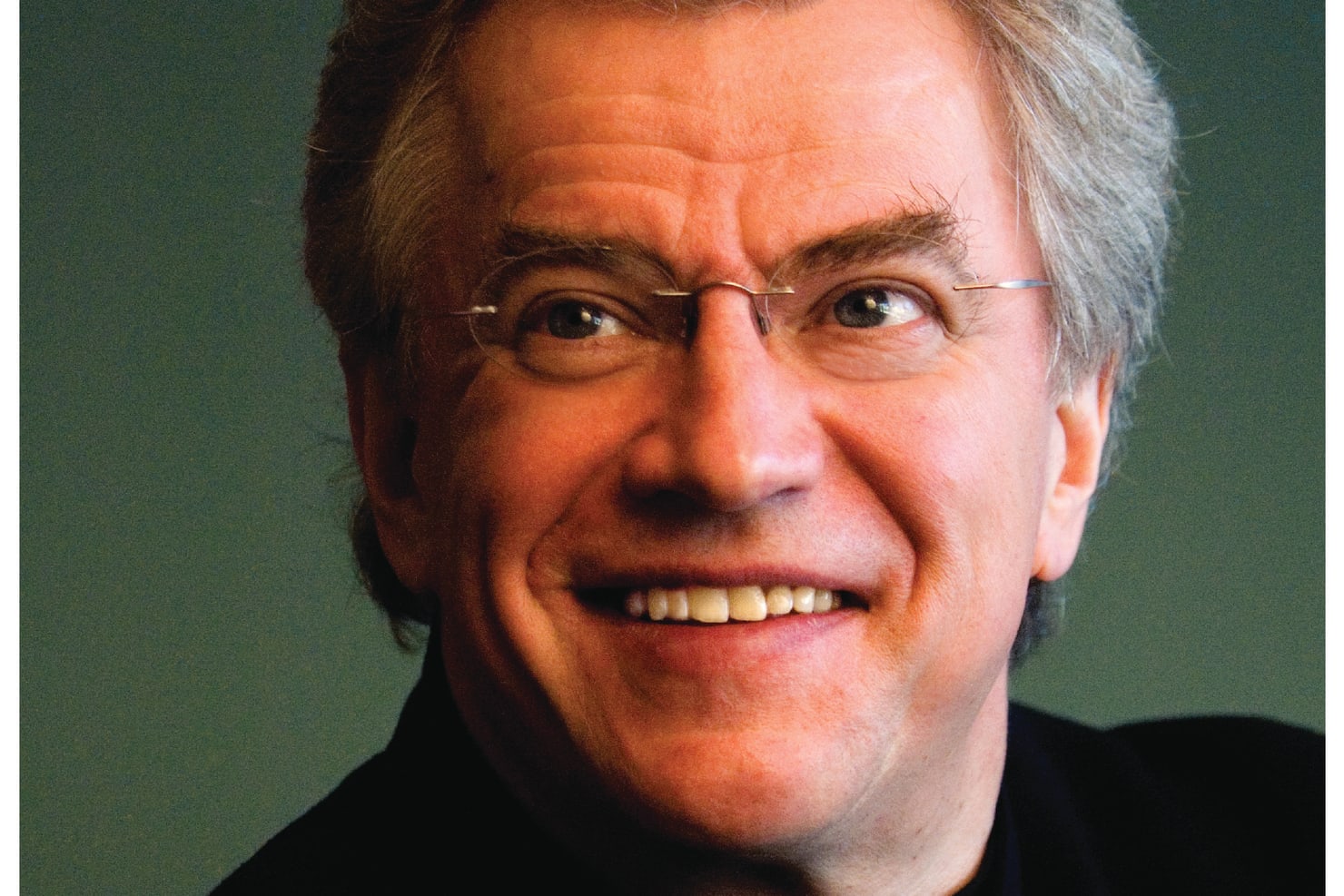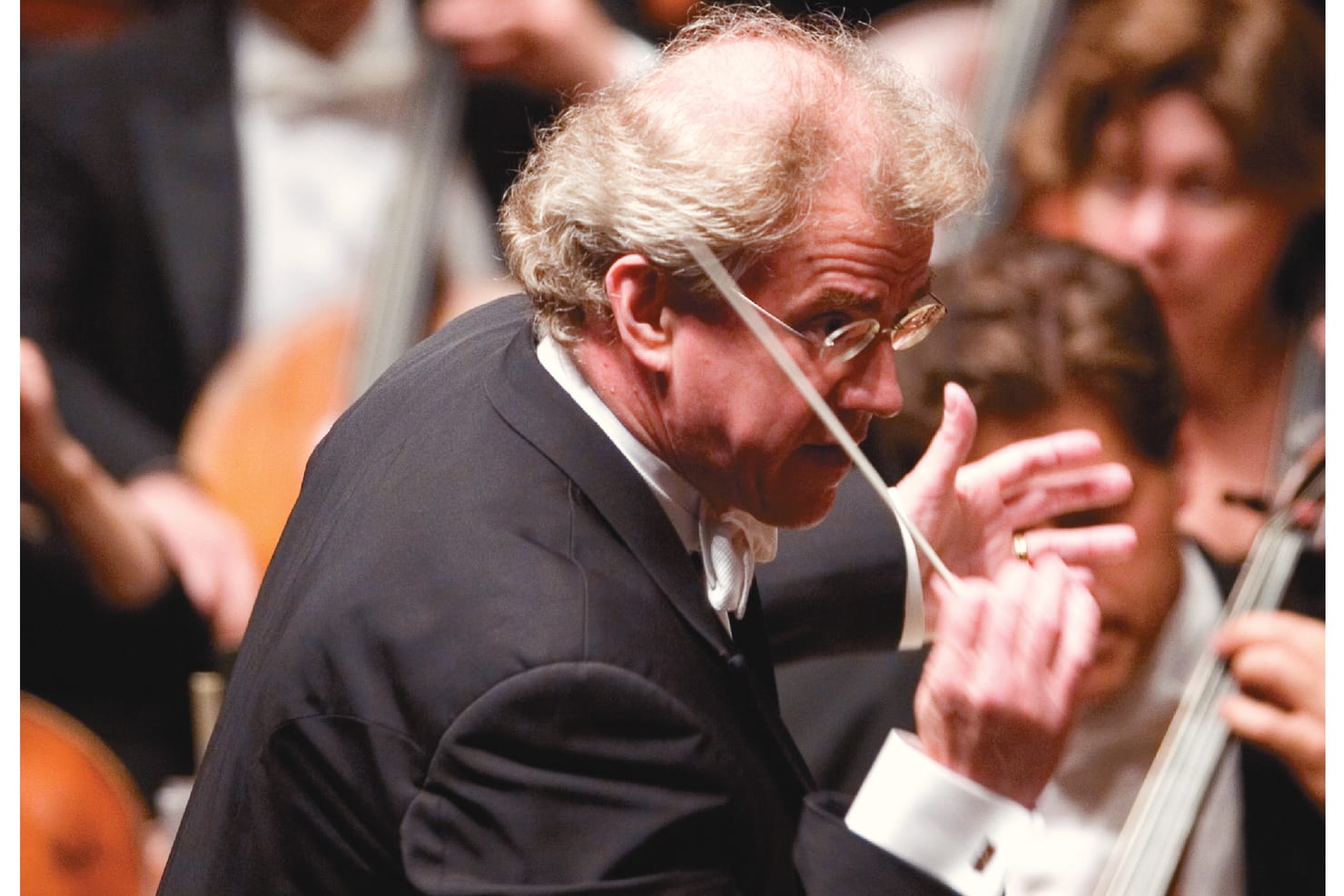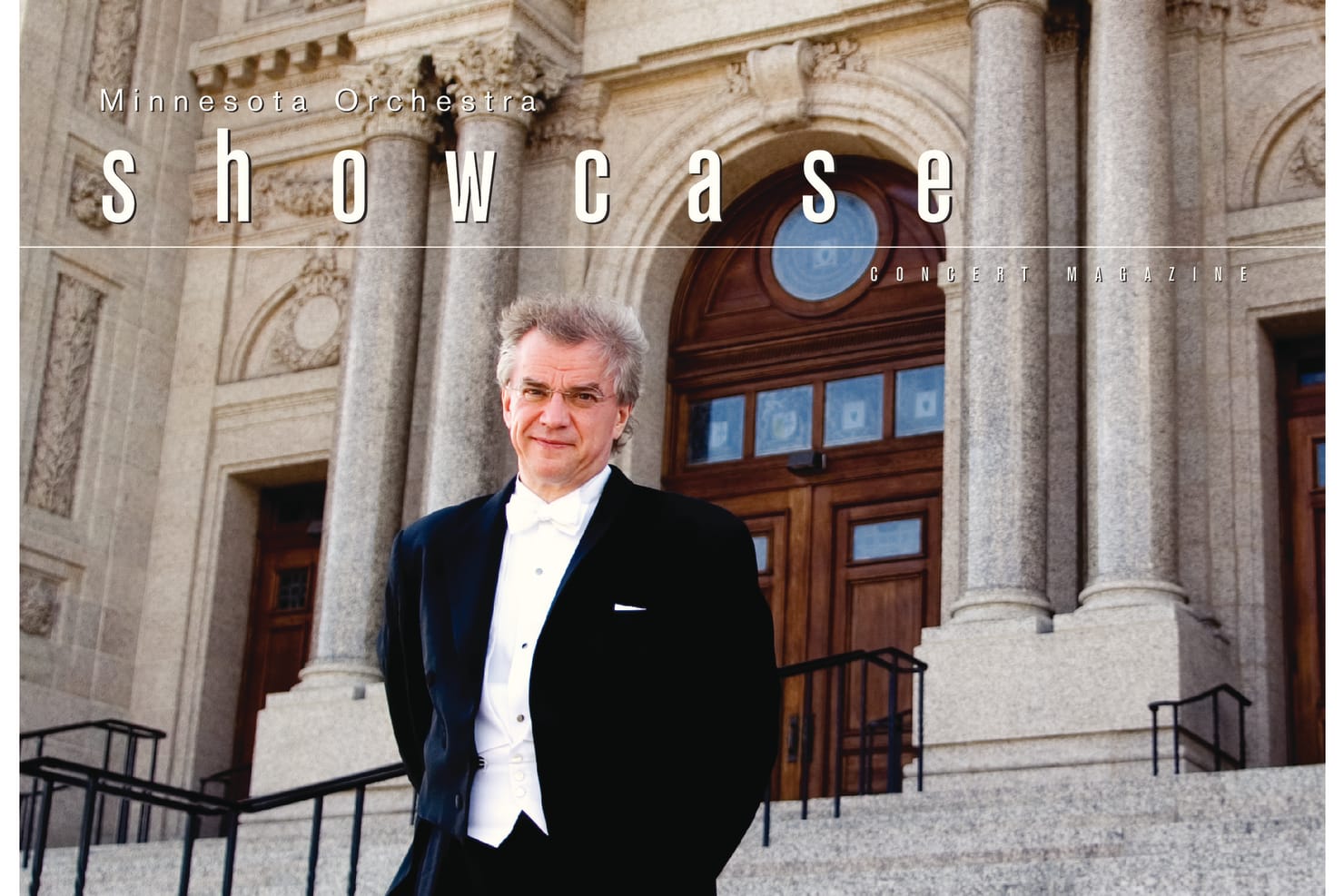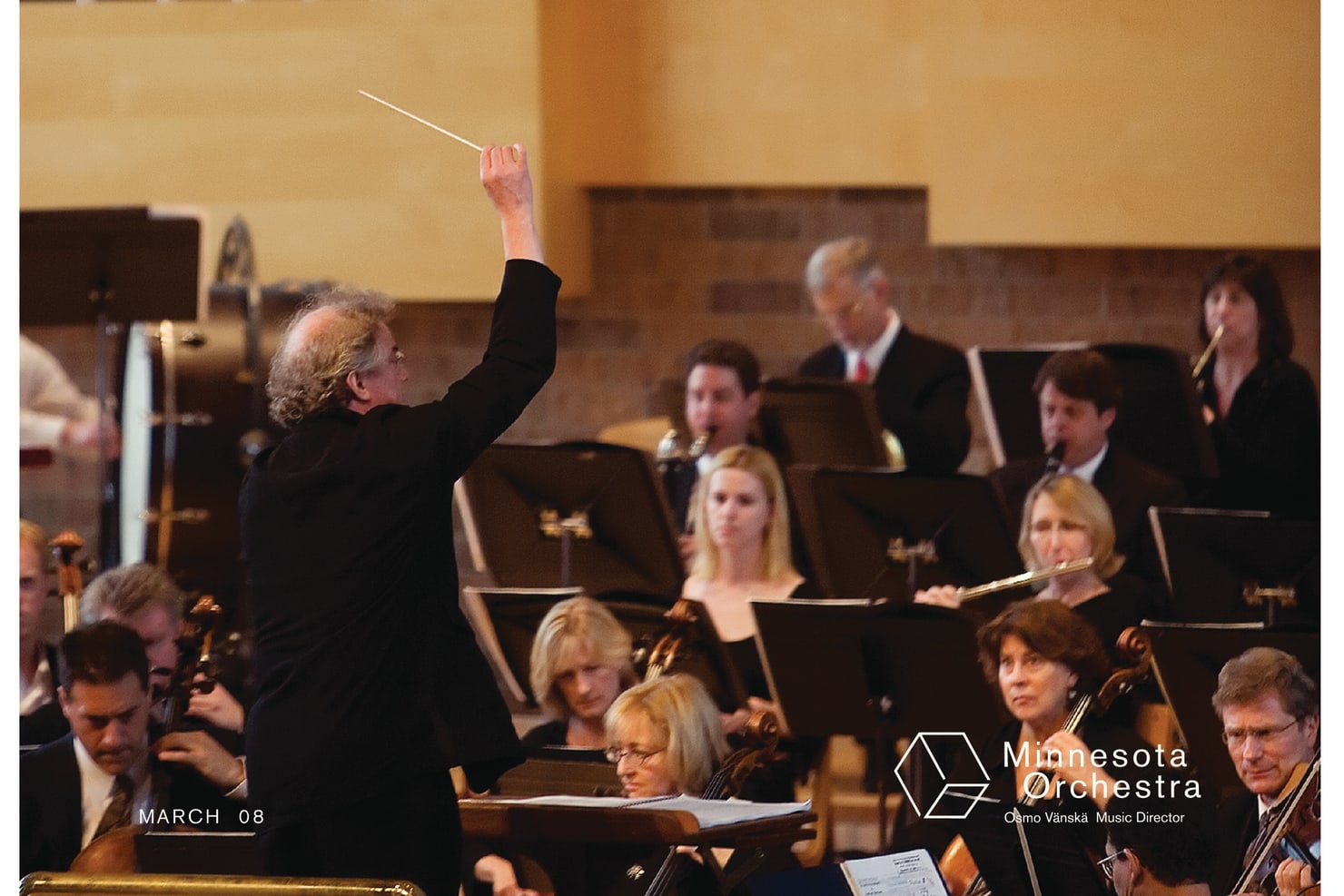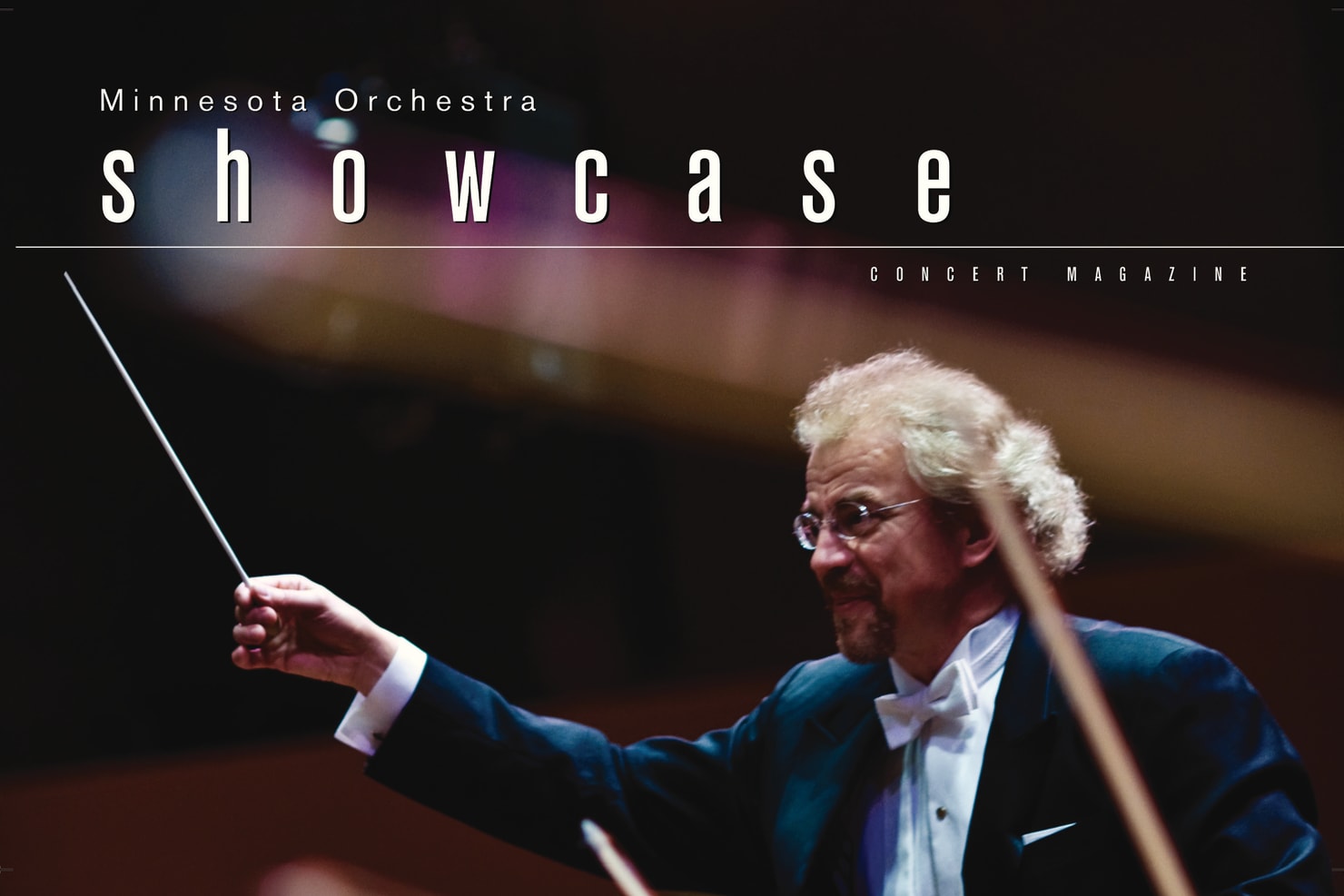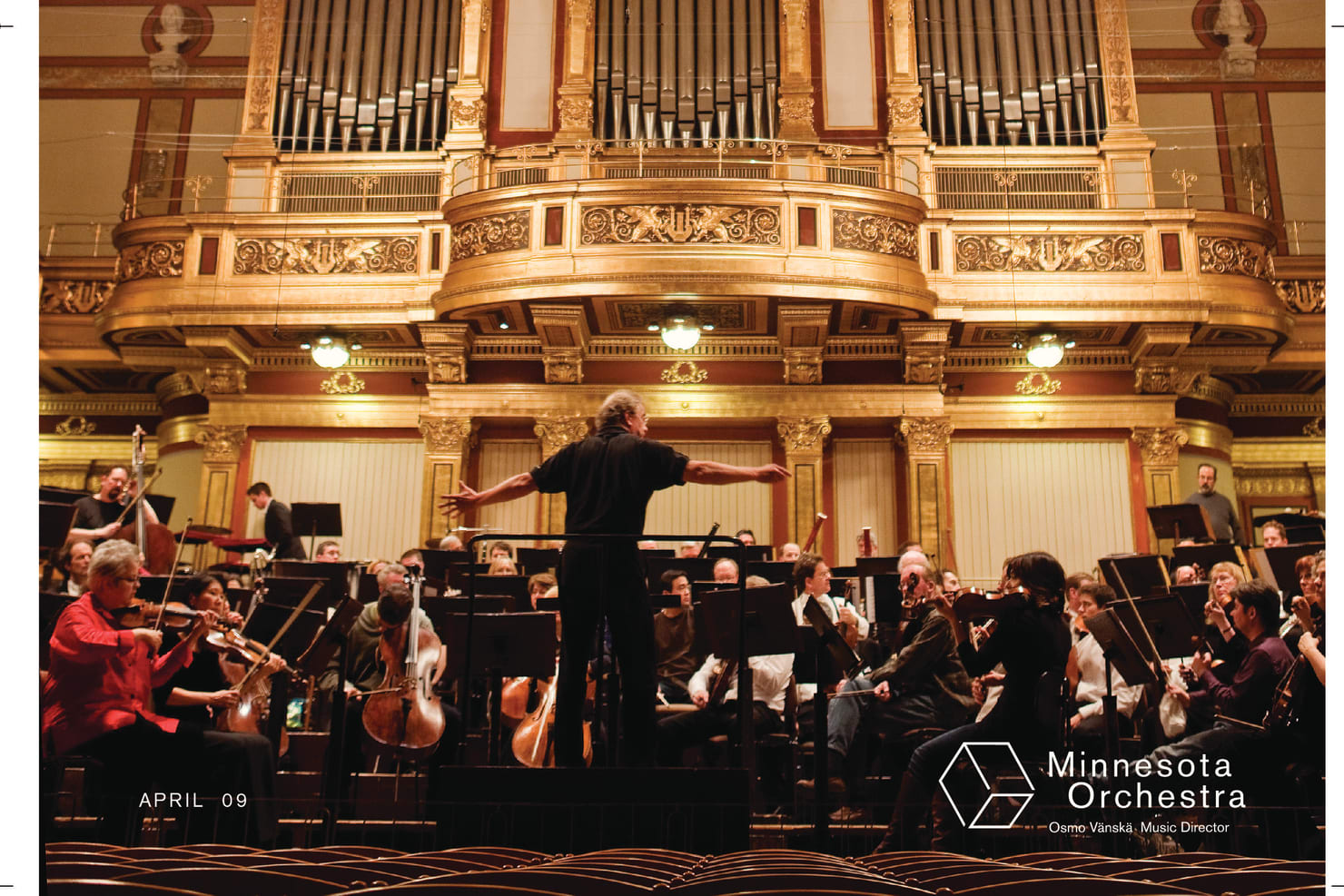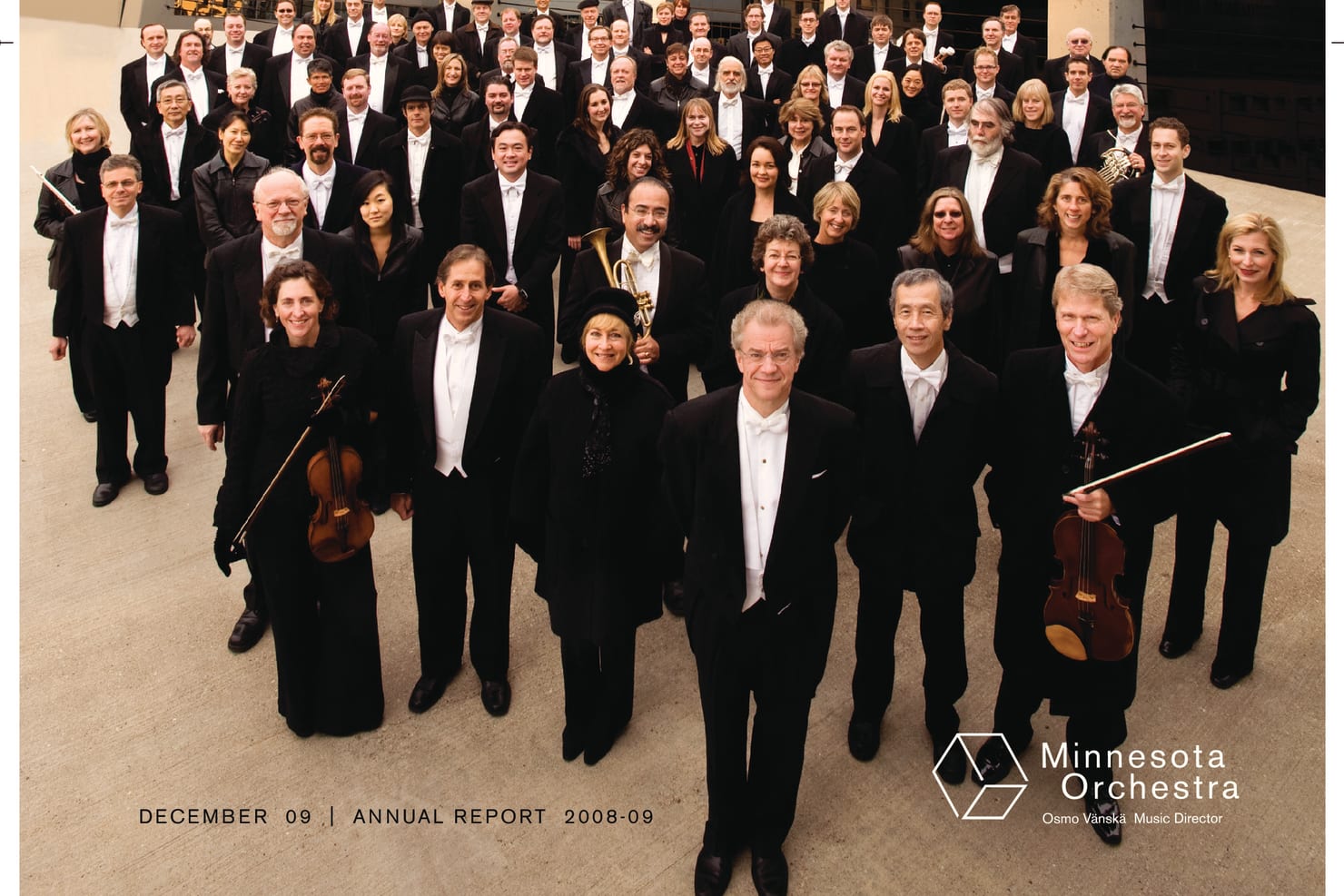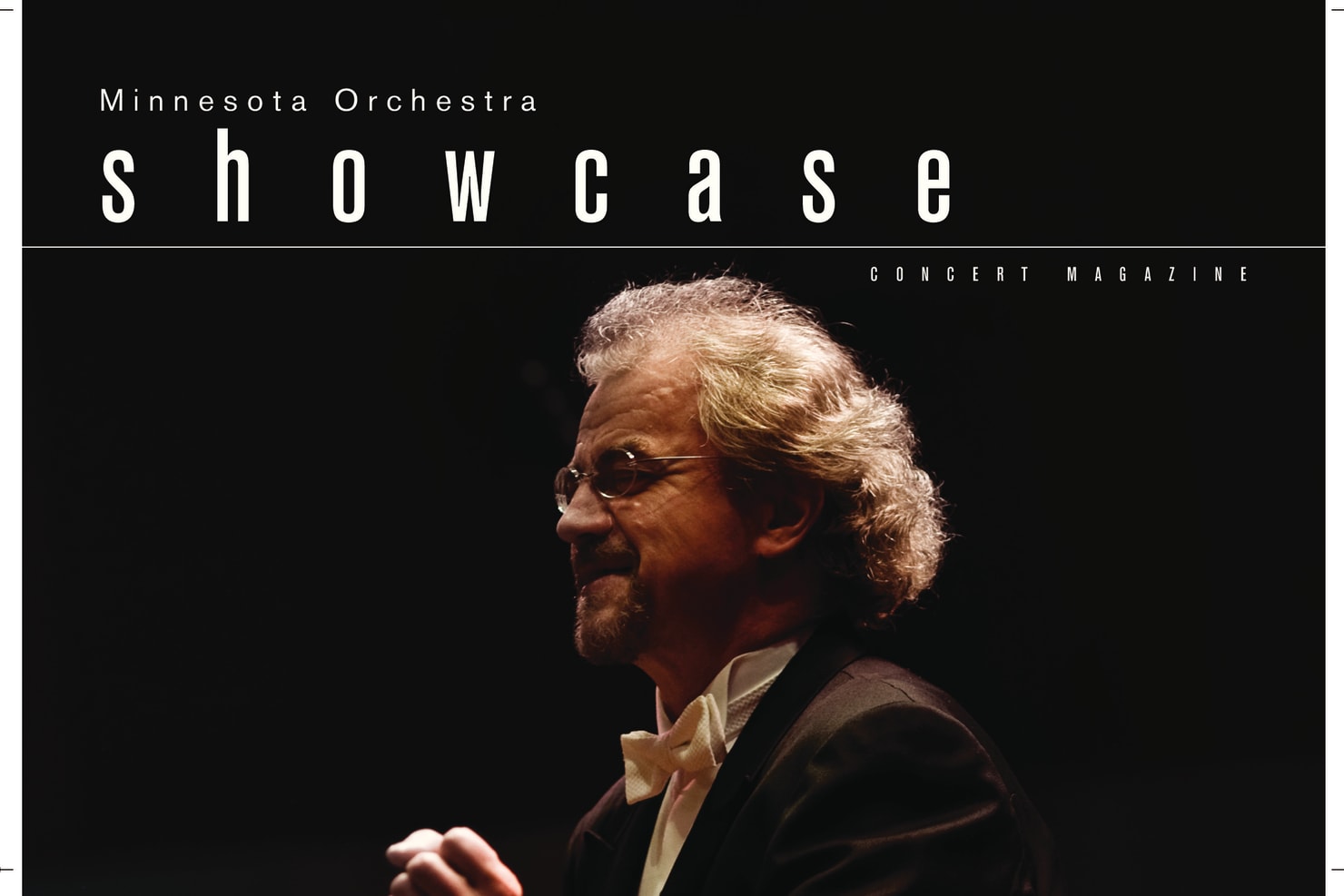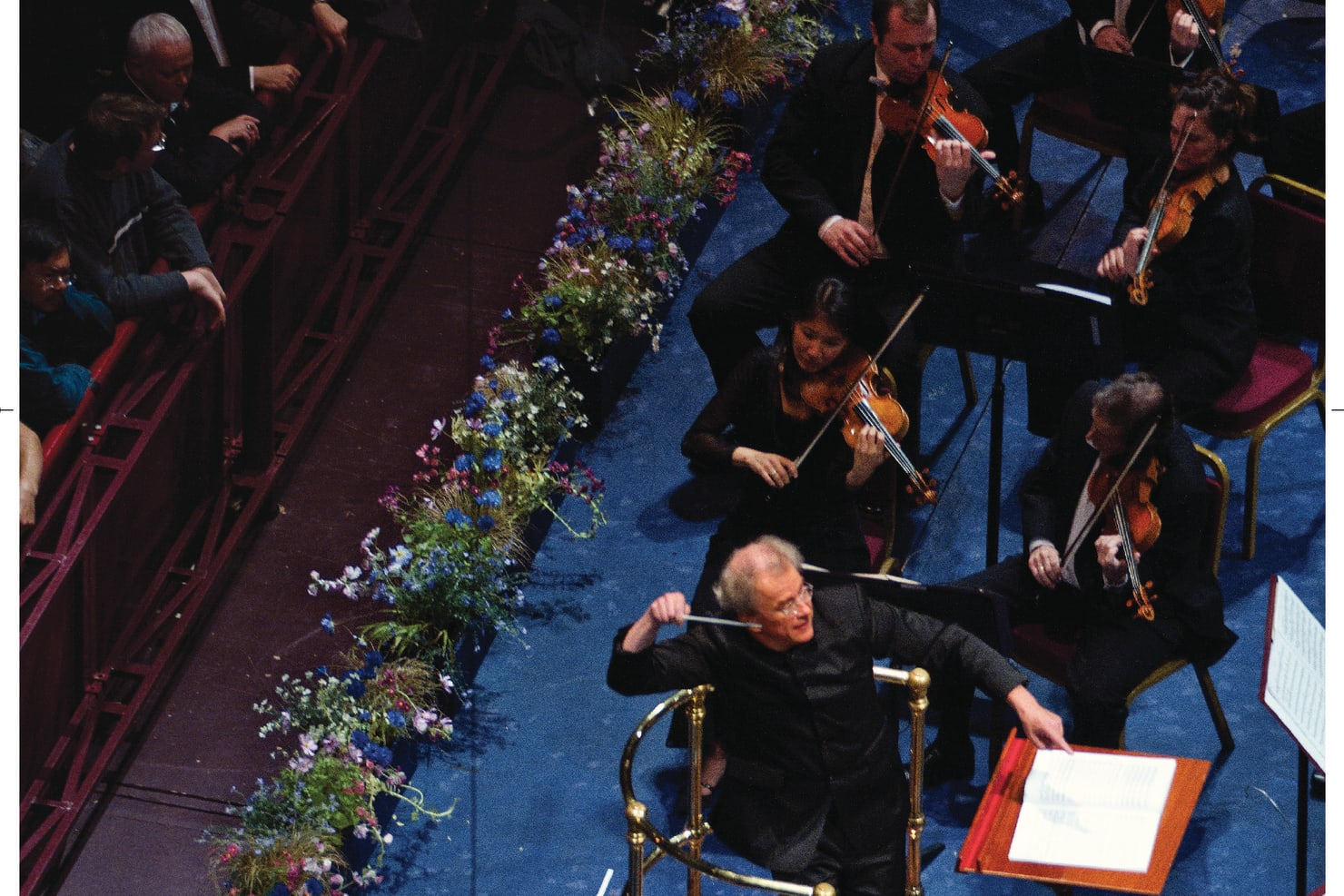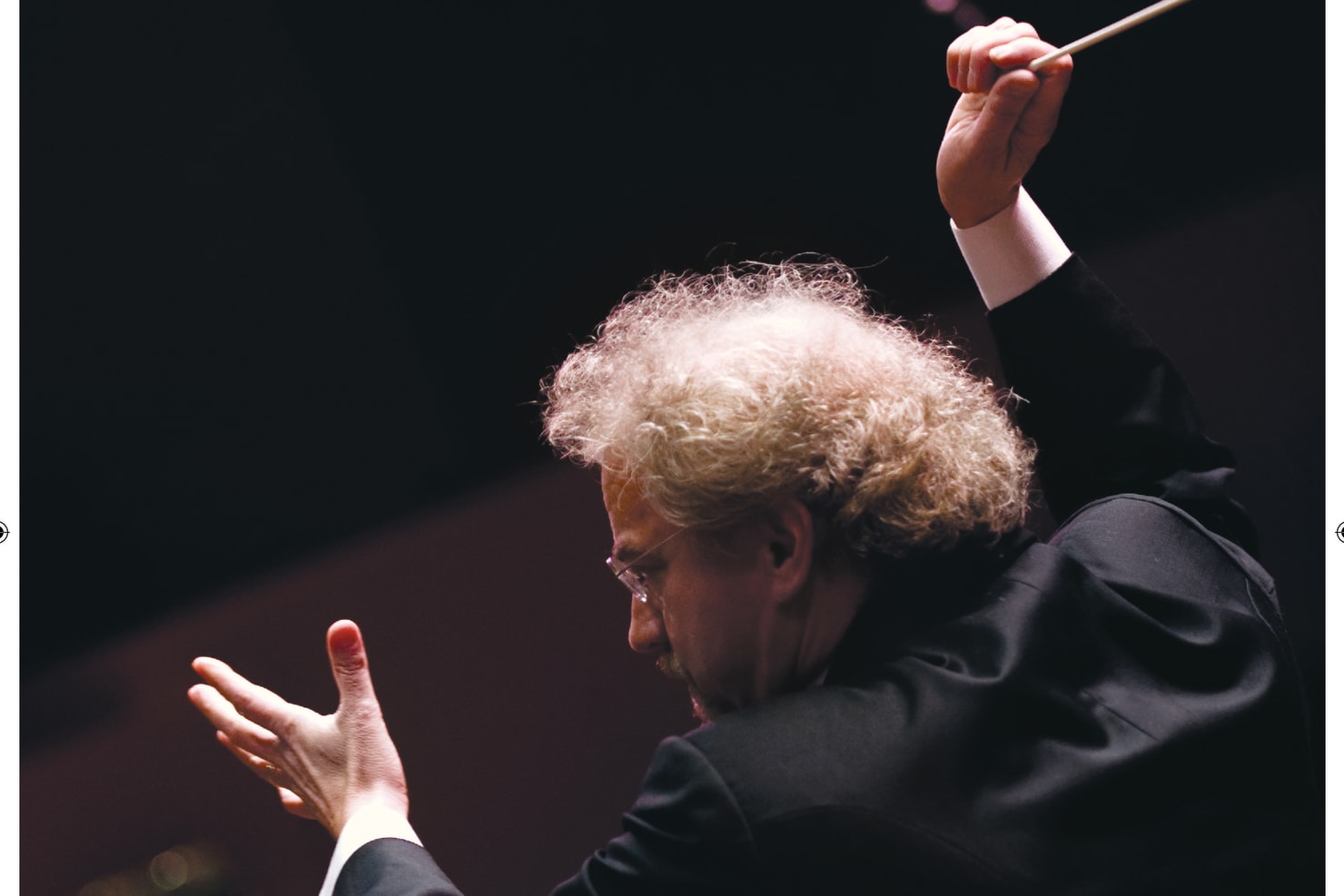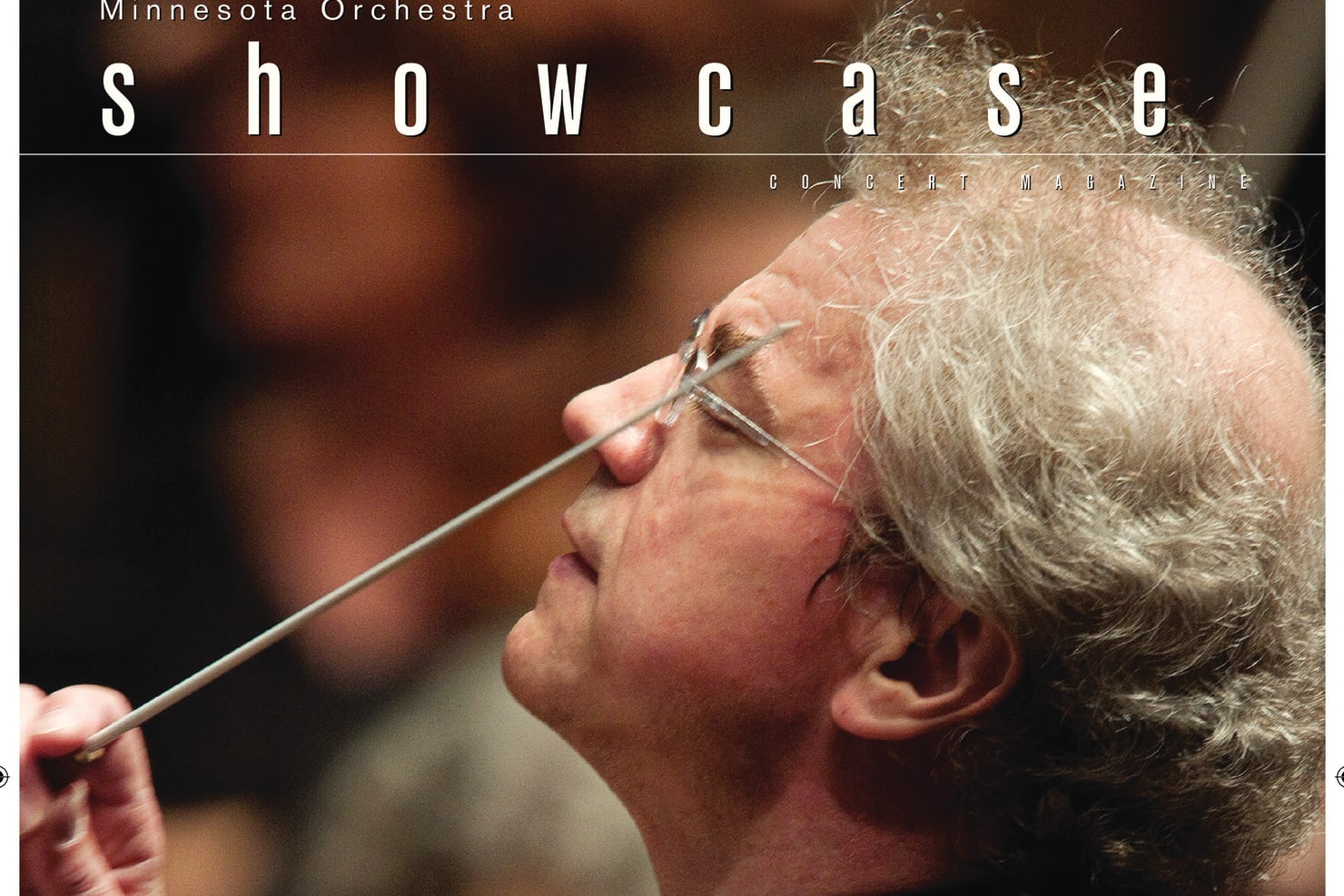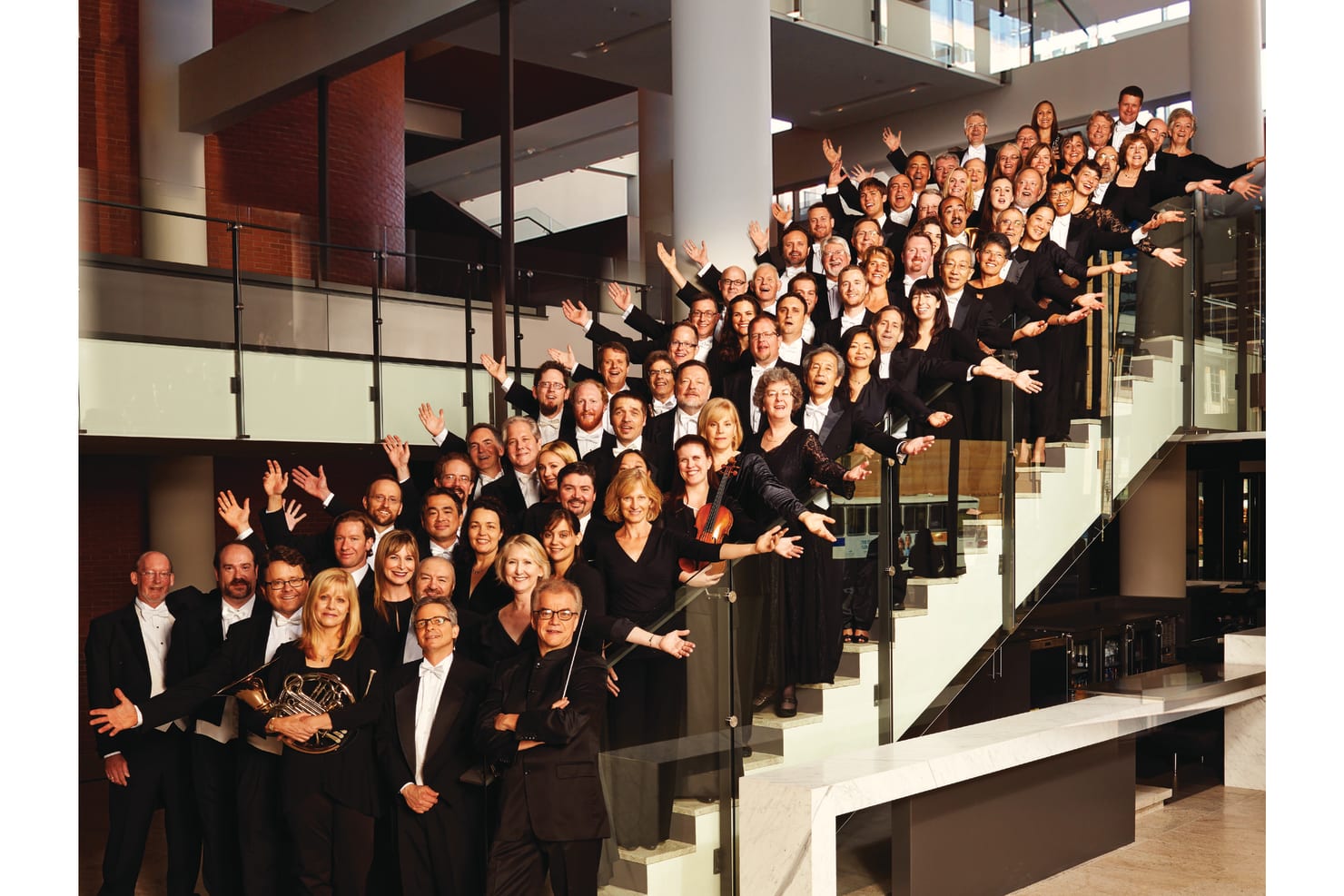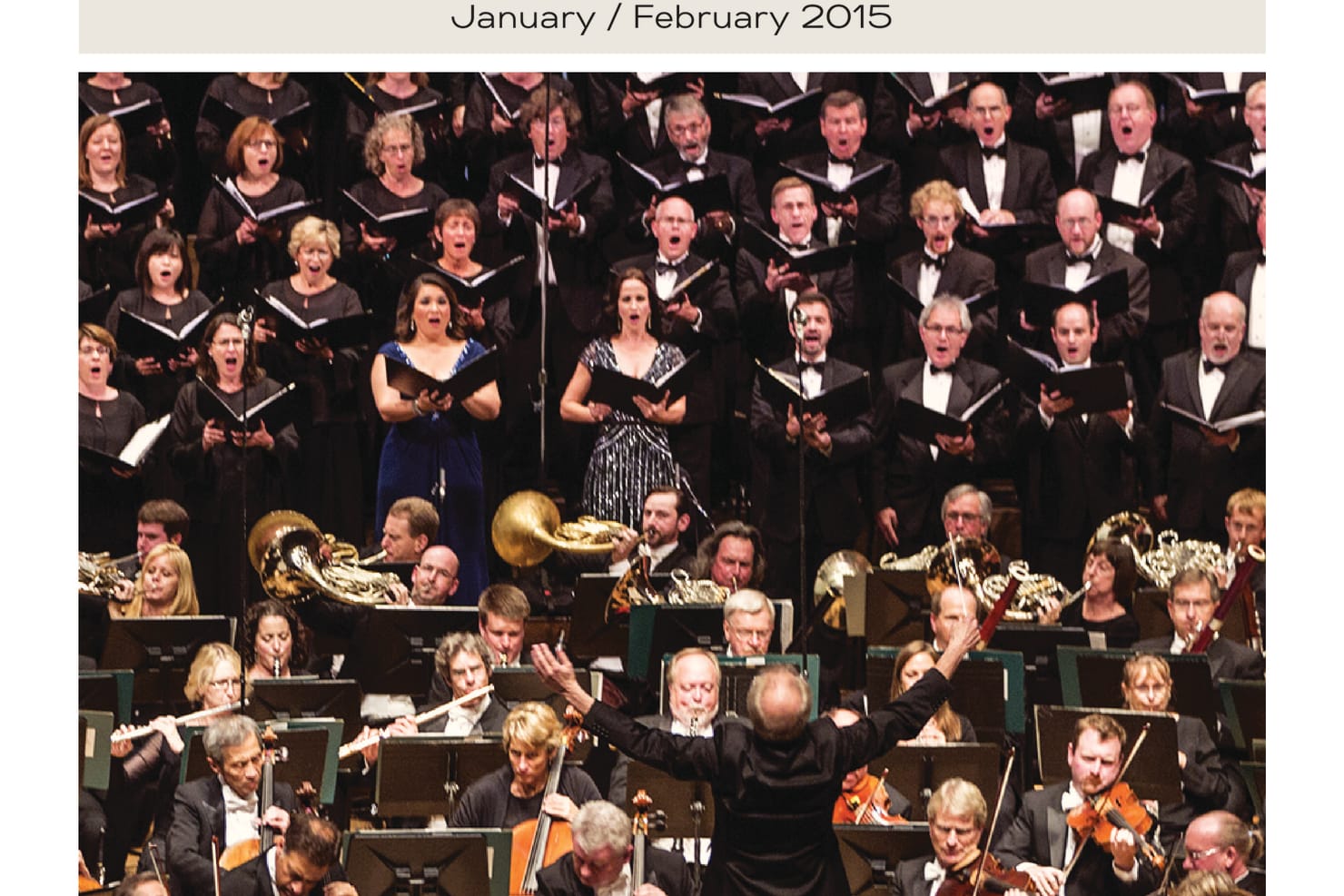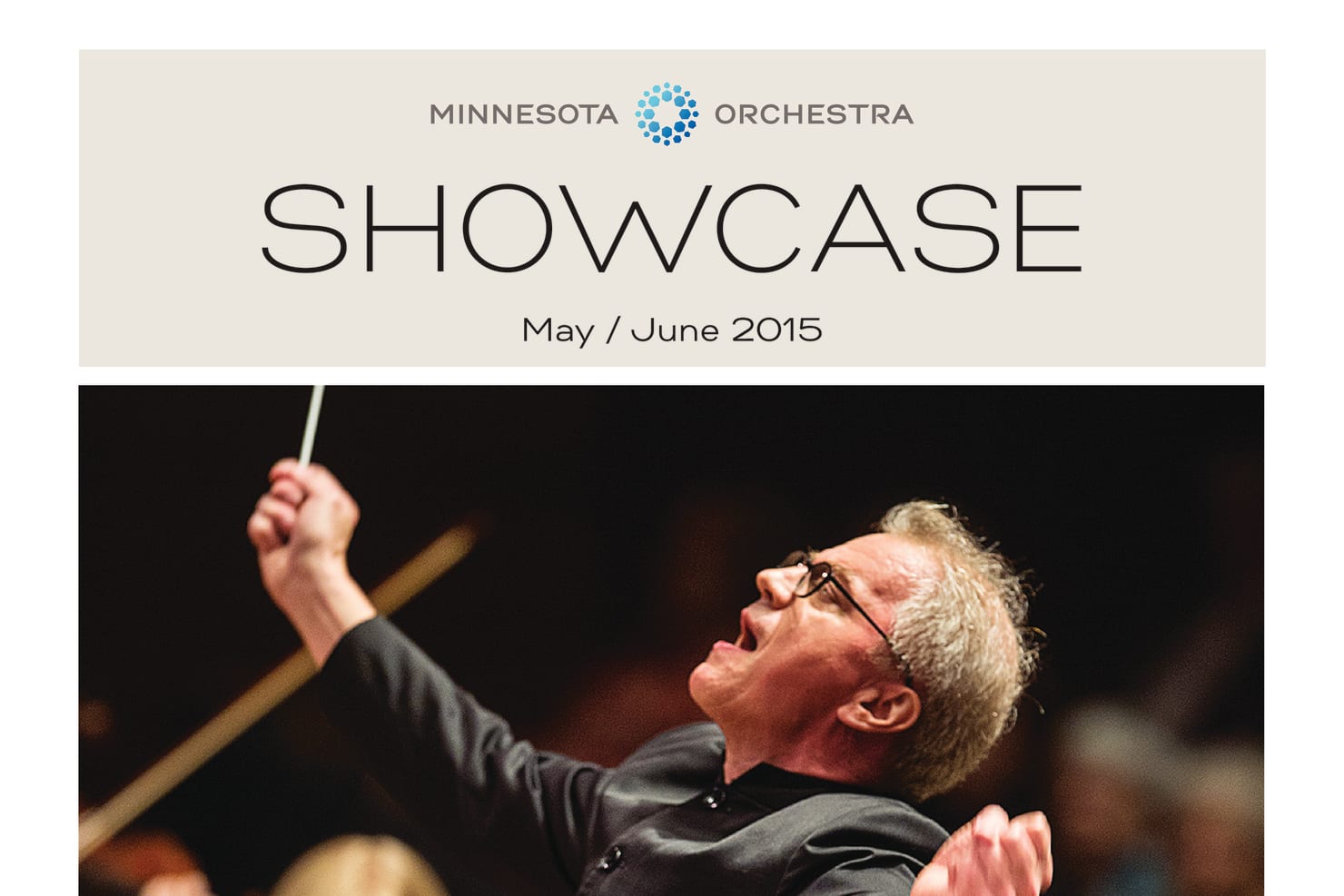Osmo Vänskä: Finishing a Legacy

By Michael Anthony
Years from now, what will we remember best—and most fondly—about the Vänskä Era, the 19 years beginning in 2003 that Osmo Vänskä served as music director of the Minnesota Orchestra?
There are many potential answers to this question, because this has been a time of high accomplishment for this Orchestra and its conductor, who rather quickly developed a special chemistry together—the result of which has surely been the most successful collaboration in the Orchestra’s 119-year history.
Besides the individual performances, it might be the tours—five trips to Europe plus the high-profile visits to Cuba and South Africa. Or the much-praised recordings on the Swedish BIS label, among them the complete sets of symphonies by Beethoven, Sibelius and (soonto-be-completed) Mahler, released at a time when most American orchestras go unrecorded. Or it could be the awards that continued to pile up, most recently, Gramophone magazine’s Orchestra of the Year 2021 award.
For me, one memory stands out, more poignant perhaps than celebratory, but offering a clear picture of the affection that audiences here have come to feel for this Finnish conductor, who has said more than once, “A concert is a holy thing for me.” The occasion was a Friday night in October 2013, the first of three concerts the Orchestra’s musicians played with Osmo that weekend at Ted Mann Concert Hall with the pianist Emanuel Ax as soloist.
The mood of the evening couldn’t have been more tense. The lockout of the Orchestra’s musicians was entering its 13th month, and Osmo had resigned three days earlier after the Orchestra’s scheduled concerts at Carnegie Hall were cancelled due to the contract dispute. The concerts at Ted Mann, put together and financed by the musicians themselves, were billed as Osmo’s farewell. They were sold out.
Shortly after 8 p.m., the lights dimmed, Osmo walked onstage, and the audience exploded in applause, offering the first of several standing ovations that occurred that night. To start out, Osmo led the Orchestra’s musicians through the national anthem and then turned to Beethoven’s Egmont Overture. The musicians played impeccably and with furious energy.
Wearing his trademark dark suit with a mandarin collar, Osmo was a whirling dervish at the podium, leaping and gesturing frantically, in his customary manner, with swooping thrusts, occasionally dropping almost to the floor in what has come to be known as the “Vänskä crouch.”
Osmo returned to the stage after intermission, and as the applause faded, someone shouted from the back of the hall, “We love you, Osmo.” The crowd exploded again. Osmo looked out and smiled faintly. He then turned away as if trying to compose himself, then turned back and nodded his thanks. Later, there was another standing ovation after the musicians played Stravinsky’s Firebird Suite, and that’s when Osmo took the microphone and spoke.
“Thank you very much,” he said. “This might be the last time I have the chance to conduct this great Orchestra. I don’t know what to say except that I am going to miss you all very, very much.”
As the final notes of the encore, Sibelius’ Valse Triste, faded, Osmo and the musicians left the stage in silence, and the subdued crowd filed out of the hall. In the lobby, many people were in tears.
Some five months later, on the evening of March 28, the mood at Orchestra Hall was jubilant. No more tears. The musicians had signed a contract at the end of January, and Osmo was making his official return to the podium he had last visited in June 2012, but this time as a guest conductor. Finnish flags, including a full-size one draped over a balcony rail, were everywhere. As the concert was about to start, someone shouted, “Osmo, come home,” which touched off nearly five minutes of applause. And, yes, he did officially come home. He signed a contract a month later that reinstated him as music director.
It seems odd to realize now that all this might have gone in a different direction. As a guest conductor Osmo had made a stunning debut with this Orchestra in October of 2000 at a time when the Orchestra was seeking a replacement for its ninth music director, Eiji Oue. (Though hardly anyone had a recollection of it, Osmo actually made his Twin Cities debut, not as a conductor but as a clarinetist, back in 1993 in a concert at the University of Minnesota as part of a chamber ensemble drawn from Finland’s Lahti Symphony, of which he was principal conductor.) His all-Finnish program in 2000 included the world premiere of a fresh and vital harp concerto by Einojuhani Rautavaara, Finland’s most honored living composer, with Principal Harp Kathy Kienzle as soloist, and two works by Sibelius: the Symphony No. 6 and, in a sublime performance, the Violin Concerto with Joshua Bell. This was a startling new view of Sibelius, one that could be heard on Osmo’s celebrated recordings with the Lahti Symphony and nowhere else: unsentimental and anti-Romantic, with crisp attacks and detailed precision.
Rather quickly, Osmo’s name went on the search committee’s short list, alongside that of Roberto Abbado and Yakov Kreizberg. Some wondered: he had conducted just one program here. Was that enough to assess him? As the committee began to focus more and more on Osmo, the members flew to hear him in other cities, and they listened to experts like the veteran music critic from Washington. D.C., Richard Freed, a long-time Vänskä watcher. “Osmo’s the most interesting conductor alive today,” said Freed in 2001. “Every orchestra’s after him. He has what all Finnish conductors seem to have: the ability to release his musicians from whatever they imagine their limitations to be.”
In the spring of 2001, the details of the contract agreed upon with Osmo’s management and the Board of the Minnesota Orchestra having made its final vote, the offer to become the Orchestra’s 10th music director of was finally put to him by phone in Finland. Osmo heard the offer, said yes and then burst into tears.
Why was this union such a success? Partly it was that Osmo was the right man at the right time. The perpetually sunny Oue hadn’t been demanding enough, and the result was an orchestra hungry to show what it could do. So here was Vänskä, almost the opposite of Oue, a conductor of depth with an insatiable appetite for rehearsal whose philosophy was “verk, verk, verk,” words that soon became a slogan at Orchestra Hall.
Not only that, Osmo liked Minnesota. It reminded him of Finland. And right away, he did two things that music directors don’t normally do in their first year: He took the orchestra to Europe and he launched an ambitious recording project—the Beethoven symphonies—that got sensational reviews. Faced with such immediate challenges, Orchestra and conductor did what they had to do: they bonded. The Finns have a word for it, “sisu,” the determination to do what has to be done.
Though he is at the top of his game, Osmo remains—and will always be—a reluctant star. His biggest influence, he has said, is his fellow Finn, the late Paavo Berglund. And, he added, “I would even say some kind of idol as far as how to be a conductor. Paavo did his job without compromises, and he used every bit of rehearsal time. He was a great conductor, but he didn’t want to be a star. Actually, he hated this star culture we have now. He just wanted to do music.”
And so it is with Osmo. His years here have been golden. We all wish him well.
Michael Anthony served as music critic of the Star Tribune from 1971 to 2007, writing about a wide range of music: rock and jazz to classical and opera. The author of the biography Osmo Vänskä: Orchestra Builder, published in 2009, he has written for numerous publications ranging from The New York Times to the Los Angeles Times to Opera News, and contributes often to MinnPost.
Related Articles

From Our Community
Orchestra Hall: 50 Years, 50 (Plus) Memories
As we celebrate Orchestra Hall's 50th birthday, more than 50 audience members, musicians, staff, Board and other members of the Minnesota Orchestra share their favorite Orchestra Hall memories.

From Our Community
Northern Rescue

From Our Community
Summer Vendor Spotlight

From Our Community
Our 2023-24 season in photos—and video, too!

From Our Community
